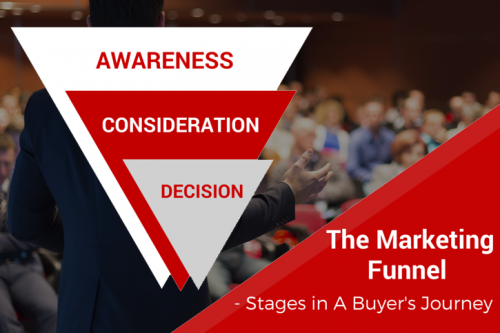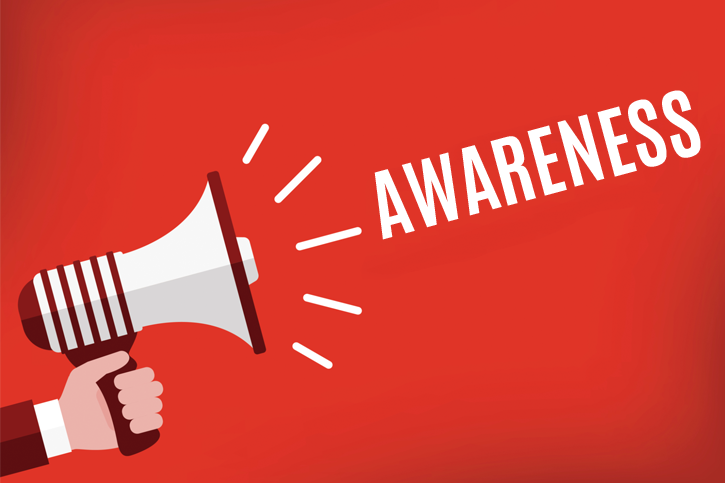
Converting a prospect to an attendee requires a number of carefully planned strategies, depending on the stage of the marketing funnel the prospect is in. While it is convenient, and even more budget-friendly to utilise a uniform marketing strategy throughout the funnel, this does not yield the best results, and can result in less and less ROI in the long term.
Over the next few posts, we will take a look at the various digital tools and strategies event marketers can use at each stage of the funnel to maximize their reach and conversion rates, while keeping budgets low.

Stage I- Awareness
This is when your prospects get to know about your event. During this stage, it’s important to cast as wide a net as possible, to ensure a large portion of your relevant audience enters the funnel. Your marketing efforts at this stage should focus on volume, rather than highly-specific targeting. Here are 4 ways to achieve that.
Organic Social – There are dozens of social platforms, groups and pages but not all are equally relevant for your audience. Target those that are the most important with short, powerful messaging.
Sure Facebook is a must based on its reach alone, but if your event is primarily for women, Pinterest is equally, if not more important. After all, 42% of all online women are active on Pinterest. Again, Instagram is your go-to platform if millennials are your target audience.
You don’t always have to rely on gut instinct to gauge the size of your audience. Facebook will tell you, thanks to a useful tool called Facebook Audience Insights. Here’s how it works.
- Log in to Facebook Audience Insights (you have to be logged in to Facebook)
- Choose Everyone on Facebook if you are looking for general audience data
- Select your targeted audience from the menu on the left by choosing location, age, gender, interests and more
- Once done, Facebook will give you the selected audience size, as well as various other audience information
- Utilize this information to streamline your campaign and find multiple relevant demographics
Digital Ads – Obviously, you will need a website for your event. Manage event spend by creating one, using landing page builder tools like Unbounce and InstaPage. Now, you need to promote the website, using keyword targeted search ads from Google AdWords or Bing Ads. However, such ads tend to become expensive over time, so banner ads should also be utilized. Run Banner Ads (commonly referred as Image Ads), on a Cost Per Impressions basis. Google Display Network and Facebook Ads work very well here.
Use Site Category Exclusions on Google Display Campaigns wisely.
Using Videos – Video marketing can be expensive, but a highly engaging video that connects with the audience directly, rather than being a fact sheet for past events, has a lot of viral potential and can be effective in increasing awareness. Moreover, the more engaging the video, the less it costs to promote it, because your audience will do that for you.
EDMs – An Electronic Direct Mailer (EDM) to your prospects database is a great way to get the word out to an audience that already knows your brand. Because this audience is already familiar with you, some of them may even become your brand ambassadors, bringing in other prospects.
A prep newsletter, announcing the name and date of your event so that those interested can clear their calendar, is a great way to get started.
Use email marketing tools like MailChimp or Infusionsoft to have greater flexibility and insights about your EDM campaigns. Having a large enough database is key.
These are some of the ways in which you can spark an interest in your target audience and help them make the journey from awareness to consideration. In our next blog, we are going to talk about event marketing strategies that can help you send the on-the-fence prospects to the middle-of-funnel (MOFU). Stay tuned!

